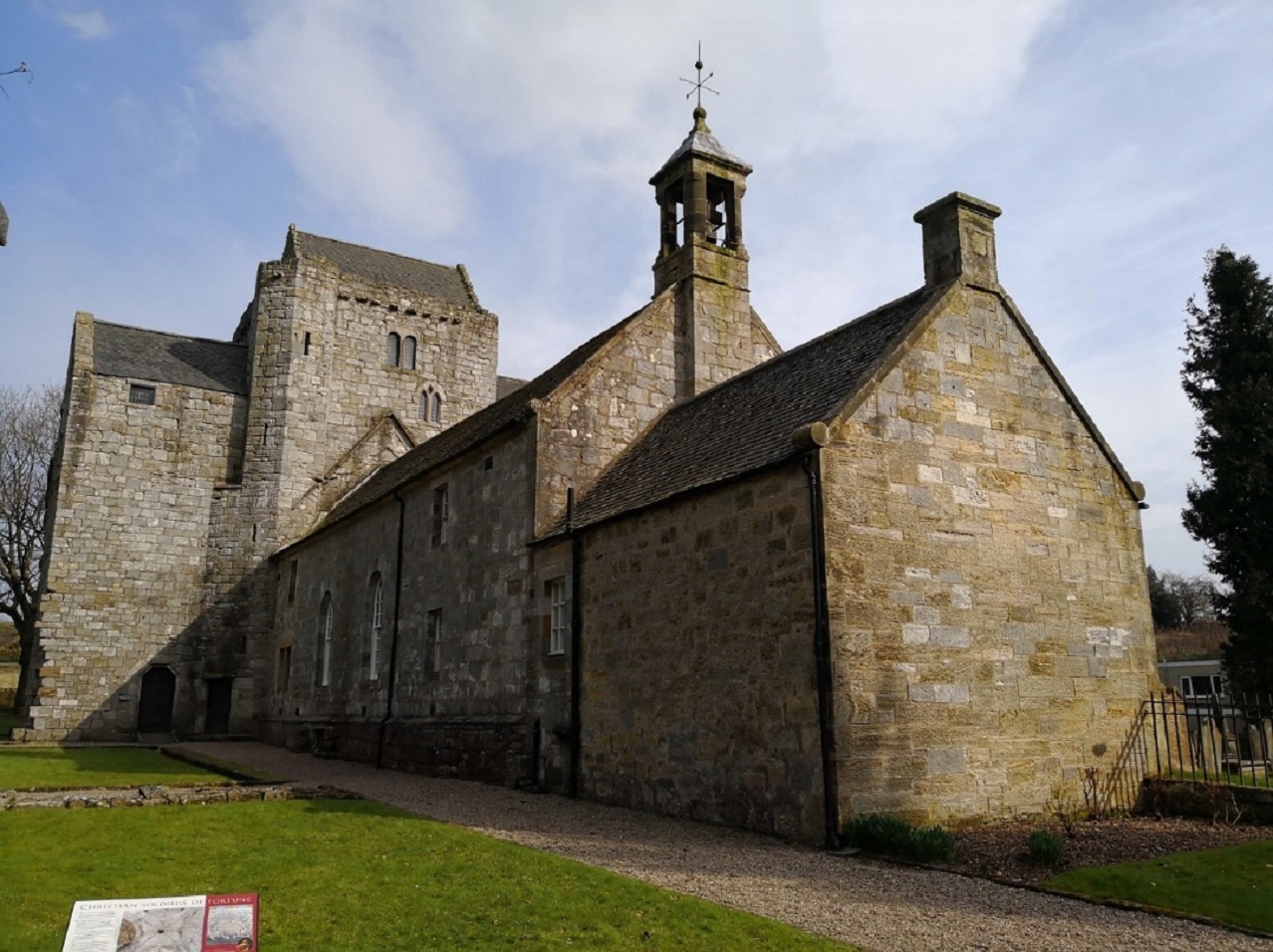
A brief history of the Order of St John
The Order of St John of Jerusalem was founded in the late eleventh century to care for the growing number of pilgrims making the long and dangerous journey to the Holy Land. The Order of St John established a hospice, dedicated to St John, which later became a hospital. It also managed hospitals on the pilgrim routes in modern France and Italy. In 1113, the Order of St John was formally recognised by Pope Paschal II and over time acquired properties throughout Europe, thus making it very wealthy. As its reputation grew, the Order became an international Order of Chivalry with established bases across Western Europe.

The Order of St John’s headquarters were moved from Jerusalem after Muslim forces regained the city in 1291; the Order moved first to Cyprus, then to Rhodes, and then to Malta, in 1523, where they stayed until 1798 when forced to leave by Napoleon.
In Scotland, St Ninian had brought Christianity to the Lowlands in the fifth century, and had a small chapel built in Torphichen, West Lothian. When the Order established itself in Scotland in the twelfth century, it was granted Torphichen by King David I; this became the headquarters, or ‘Preceptory’. The Order held land throughout the country, and when the Knights Templar were suppressed in the 14th century, the Order of St John acquired their property in Scotland, further adding to its wealth. From Scotland, men and money were sent for the work of the Order in the Mediterranean.
It being Catholic, the Order was dissolved by Henry VIII in the 1500s and the Order of the Knights Hospitaller of St John of Jerusalem ceased to exist in the British Isles. All Order property in England was confiscated by the Crown, while in Scotland the property was transferred to lay owners.
Torphichen Preceptory

Centuries later, in the 1820s, émigré knights from France joined in a plan to found a non-Catholic branch of the Order in England; this was not recognised in Rome. Nevertheless, it continued to grow propelled by the medieval Hospitallers’ traditional mission to care for the sick and injured. By the 1860s it was well established and had attracted some attention from the Royal Family. In 1881, Queen Victoria granted it a charter making it a British Order of Chivalry, with the Sovereign as head of the Order throughout the British Realm.
The Order continued the traditional work of caring for the sick and was responsible for the founding of the Eye Hospital at Jerusalem (1882), the establishment of the St John Ambulance Association (1877) and Brigade (1887), which provided first aid and ambulance care as increasing numbers of people moved to cities and were living and working in dangerous industrial conditions.
Around the same time, the St Andrew’s Ambulance Association (founded 1882) was starting to provide similar services in Scotland. However, in 1908, the Order reached a formal agreement that decided that St Andrew’s would provide first aid services in Scotland, and St John in England. This meant that there was no real opportunity for a separate St John organisation in Scotland, and explains why even today, unlike other St John organisations around the world, St John Scotland does not provide the first aid services others are famous for. It would take until the 1940s for the Order in Scotland to establish significant charitable services, when Scottish members of the Order decided, despite not being able to provide first aid services, that there was still plenty a St John organisation could do to fulfil the Order’s aims to care for the sick and vulnerable here.